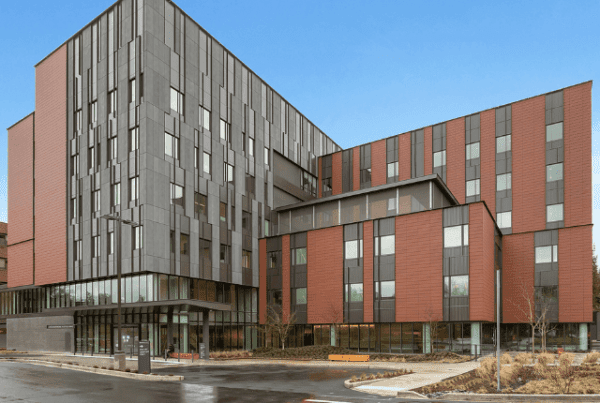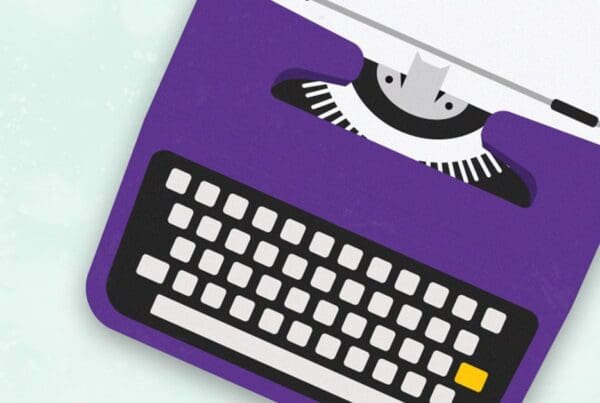Highlights | Message from UW Medicine Leadership
- We acknowledge that we live on the ancestral homelands of the Coast Salish and other Indigenous peoples.
- UW Medicine has launched a new Center for Indigenous Health to address a significant shortage of Native American doctors in Washington state.
- The UW Medicine Equity, Diversity and Inclusion Survey is providing insights into the experiences of American Indian and Alaska Native employees.
- The Huddle has resources to learn about the history, cultures and achievements of Native American communities. Look for profiles of Native American employees later this month.
During Native American Heritage Month, we celebrate the contributions of our staff, faculty, trainees and students from American Indian and Alaska Native communities. We also acknowledge that we live on the ancestral homelands of the Coast Salish and other Indigenous peoples. While their descendants draw strength and resilience from their rich past and traditions, they continue to experience health inequities due to our nation’s history of racism and colonialism.
These health inequities include a significant shortage of Native doctors in our state. In 2018, the Washington State Medical Commission reported that American Indian and Alaska Native communities had only one Native physician for every 1,281 people. In contrast, there was one white physician for every 413 people that identify as white.
Nationally, Native Americans are also underrepresented on the faculty of medical schools. Of all full-time academic faculty, only 0.48% are Native American.
Center for Indigenous Health: We are pleased to announce that UW Medicine has received funding from the Washington State Legislature to establish a new Center for Indigenous Health. With leadership from Dr. Jason Deen and Millie Kennedy, the center will focus on increasing the number of Native physicians through programs that inspire students to pursue a career in medicine and by fostering a supportive community for Native students, trainees and faculty at our School of Medicine.
Native students currently face many barriers to accessing higher education that lead to underrepresentation at both the undergraduate and medical school levels. As early as elementary school, the center will have outreach programs that encourage students to see themselves as future doctors, and it will provide the support needed throughout their educational journey to successfully apply for medical school admission.
At the UW School of Medicine, Native students can stay connected to their communities through the Indian Health Pathway. Since 1992, this pathway has provided opportunities for medical students to learn how to integrate the cultural, spiritual and traditional needs of Native patients into healthcare through coursework and clerkships at Tribal and Urban Native health clinics. With this training and the support of the Center for Indigenous Health, we expect to graduate more Native doctors who will be able to practice in their communities or pursue careers in academic medicine.
UW Medicine Equity, Diversity and Inclusion (EDI) Survey: The Office of Healthcare Equity is analyzing the information provided by more than 10,000 employees to identify baseline measures of EDI across UW Medicine and provide actionable data to help prioritize areas for improvement. While you can find detailed information and analysis online, here is a quick look at the demographic information provided by American Indian and Alaska Native survey respondents.
EDI Survey: American Indian/Alaska Native Respondents (n=123)
- 65% Female (sex at birth)
- 54% Age 30-49 Years
- 10% Veterans
- 33% Sexual Orientation Other Than Straight
- 7% Nonbinary Gender
- 53% Classified Staff; 33% Professional Staff; 11% Faculty Roles; 3% Other Roles
- 27% Food Insecure
- 20% Housing Insecure
Note: American Indian and Alaska Native employees represented 2% of all survey participants. According to UW data, only 0.4% of UW Medicine staff identify as American Indian or Alaska Native.
Learn More: Please see the resources on The Huddle to learn more about the history, cultures and achievements of Native American communities. Here, for example, you will find articles about Northwest Native Art and Native American contributions to public health as well as a guide to events and heritage sites in Seattle. Later this month, The Huddle will feature profiles of Native American employees who will share insights about their cultural traditions and their careers at UW Medicine.
Thank you for joining us in celebrating Native American Heritage Month.
Sincerely,
Timothy H. Dellit, MD
Interim CEO, UW Medicine
Interim Executive Vice President for Medical Affairs and
Interim Dean of the School of Medicine,
University of Washington
Paula L. Houston, EdD
Chief Equity Officer
Office of Healthcare Equity, UW Medicine
Associate Vice President for Medical Affairs
University of Washington
Brad Simmons
President, UW Medicine Hospitals & Clinics
Vice President for Medical Affairs,
University of Washington
Jacqueline Cabe
Chief Financial Officer, UW Medicine
Vice President for Medical Affairs,
University of Washington
Ruth Mahan
Chief Business Officer, UW Medicine
Chief of Staff, UW Medicine
Vice President for Medical Affairs,
University of Washington
Becca Kelly
Interim Chief Advancement Officer, UW Medicine
Interim Vice President for Medical Affairs,
University of Washington
Anneliese Schleyer, MD
Interim Chief Medical Officer, UW Medicine
Interim Vice President for Medical Affairs,
University of Washington
Cindy Hecker
Chief Executive Officer
UW Medical Center
Sommer Kleweno Walley
Chief Executive Officer
Harborview Medical Center
Jeannine Erickson Grinnell
Chief Executive Officer
Valley Medical Center
Erica Floyd
Interim Executive Director
UW Physicians
Pranika Laing
Interim Associate Vice President/Executive Director
UW Medicine Primary Care and Population Health
Jeff Richey
Executive Director
Airlift Northwest


